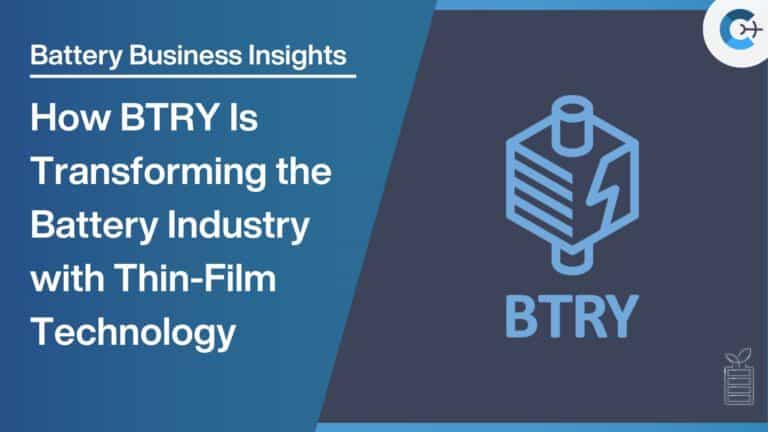Global energy storage installations are set to break records again this year, though the two largest markets, China and the U.S., may face hurdles next year. China’s market could slow as provincial targets are met, while in the U.S., market uncertainties under the new Trump administration could affect growth. Despite this, the overall trend for energy storage deployment remains upward, with rapid expansion anticipated across emerging markets. BloombergNEF projects the energy storage market will reach 227 gigawatts (955 gigawatt-hours) by 2035, representing a tenfold increase from current levels.
This year, global storage installations are expected to surge by 76%, totaling 69 gigawatts/169 gigawatt-hours, with China and the U.S. leading, followed by India, Germany, Italy, the UK, Australia, and Japan.
China’s current growth is largely driven by provincial mandates requiring the integration of batteries with new solar or wind installations. However, a potential 17% decline in annual installations to 30GW/79GWh is projected for next year as existing targets are met and alternative business models remain limited.
In the United States, the transition to a new administration introduces a new phase for energy development. Despite potential policy shifts, the enduring support of the Inflation Reduction Act and state-level initiatives are expected to propel significant market growth through 2035.
Beyond the US and China, global growth is accelerating, fueled by auctions and tenders across Europe, Africa, and Latin America. Emerging markets to watch include Spain, Poland, Greece, South Africa, Chile, and Brazil.
Energy storage targets are becoming increasingly prevalent, with BNEF tracking targets in 26 regions across China, 13 US states, and seven countries (Australia, South Korea, India, Greece, Italy, Spain, and Turkey) as of October 2024. Governments worldwide have sanctioned billions of dollars for support schemes to stimulate investment in energy storage, a critical component in supporting the rapid expansion of solar and wind capacities.
The necessity for government support is ratcheting down due to decreasing battery costs and increased power price volatility in markets with substantial renewable energy penetration. Additionally, the structure of support schemes is evolving. Governments are transitioning from direct grants or capital expenditure support to mechanisms like two-way contracts for differences. This approach mitigates developers’ downside risks while ensuring that funding is allocated efficiently, avoiding subsidies for projects that are already financially viable.
From a technological perspective, lithium iron phosphate (LFP) batteries are expected to dominate the energy storage landscape through 2035. LFP batteries offer lower costs and higher cycle life compared to nickel-based lithium-ion alternatives. Although LFP batteries have lower energy density, advancements in cell design have improved energy density at the pack and system levels, making them suitable for stationary storage where weight and space constraints are less critical.
The expansion of LFP market share is facilitated by substantial manufacturing capacity growth among Chinese battery producers. International manufacturers—such as LG Energy Solution and Samsung SDI from South Korea, Panasonic from Japan, and Norway’s Freyr—are also increasing production of LFP-based energy storage solutions.
For the first time, BNEF has categorized certain storage capacities as ‘undefined’ within its technology mix outlook to account for capacity associated with ‘other’ applications, including long-duration energy storage (LDES). In the LDES category, alternative storage technologies—such as thermal, mechanical, and chemical storage solutions—are anticipated to play a significant role alongside lithium-ion and emerging sodium-ion batteries.
Source: BloombergNEF
















